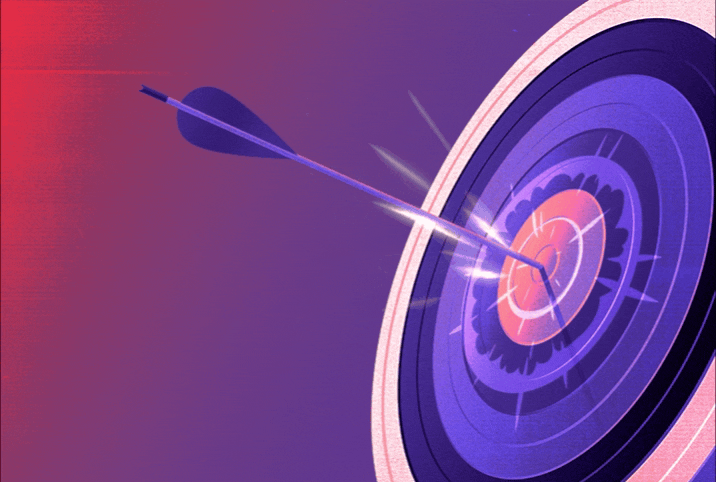The Grafenberg Spot's History and Current Status

How did a German physician who's been dead for more than 60 years ignite a scientific debate that's still raging today?
Ernst Grafenberg had already made a name for himself in 1929 with his invention of the intrauterine device (IUD)—a T-shaped piece of plastic inserted into the uterus for birth control—that he humbly named the Grafenberg ring. While the name never stuck, what would cement his name in the history books came from a single moment in 1950.
"Ernst Grafenberg was a German physician and scientist, best known for his study of the urethra as well as female physiology," explained Indiana-based sex educator Edwina Caito. "During his studies, he discovered a pea-sized spot on the anterior wall of the vagina that hardened when directly stimulated. It was Grafenberg's belief that this spot was the female equivalent of the male prostate."
Grafenberg's 1940s research on urethral stimulation culminated in a paper in which he wrote, "An erotic zone could be demonstrated on the anterior wall of the vagina along the course of the urethra."
Perhaps the bladder neck?
Is there an erotic zone along the course of the urethra and can it be aptly named a "spot?"
According to Nicole Prause, Ph.D., a neuroscientist in Houston who studies the physiology of sexual response, the answer is a concrete "No."
"There is no anatomy that supports the G-spot," she said. "It does not exist…A laboratory thought they discovered a physiological location for it about 20 years ago. No one was able to replicate their finding. I am not sure how this rumor was started, but I suspect it is simply sensations associated with stimulating the bladder neck through the vaginal wall."
Prause's work monitors the neurological effects of sexual stimulation. If reported experiences of a G-spot are really a misguided appreciation for our bladder necks, this expands conventional thinking about what counts as a sexual spot. The question becomes how can a penetrative object stimulate the bladder neck through the vaginal wall? Estimates of vaginal wall thickness range anywhere from 0.209 millimeters to 3.2 mm, so it's difficult to say.
Beverly Whipple, Ph.D., a New Jersey sexologist, is credited with coining the term "G-spot" in 1982. (Thankfully, she was humble enough to reject the name "Whipple tickle," which her colleagues suggested.) She followed up that work with a study in 1996 that focused on stimulating the cervixes of women who were paralyzed by complete spinal cord injury. She was interested in a phenomenon known as "phantom orgasms," wherein women with no signals from the main three nerves dominating the pelvic area—the hypogastric, pudendal and pelvic—reached climax. What nerve then was communicating their pleasure?
Viva the vagus
A fourth nerve, the body-wide vagus nerve, spans from the medulla oblongata to the pelvic splanchnic nerves in the labia. The vagus nerve comprises 75 percent of the parasympathetic system, or the "rest and digest" system (in contrast to the less fun "fight or flight" system). The vagus nerve isn't impacted by spinal cord injury and branches into multiple paths after crossing the spleen, headed toward the genitals.
The lower branches of the vagus nerve are known to control the bladder and pass through the genitals. Whipple's work theorized one such vagal branch ends in the cervix and communicates pleasure from the genitals to the brain in a route that completely bypasses the spine. However, the anterior wall of the vagina, the G-spot's alleged location, is only 1 to 3 inches deep into the vagina while the cervix exists at the very end of the vaginal canal. However, considering the spot's alleged neighbors are the Skene's glands and the roots of the internal clitoris, it's no surprise the area could be sexually potent.
Caito has another idea about why a G-spot would exist in the first place.
"This spot does have a physical use other than pleasure," Caito said. "The G-spot, which is part of the internal clitoris, is located around the urethra and when stimulated—either through direct pressure or during intercourse—the spot increases in size and gets harder as well as inducing pleasurable feelings in some females. It is believed that this spot is responsible for protecting the urethra during intercourse."
Come hither, G-spot
Prause offers one concession in addition to her bladder neck theory, concerning mechanoreceptors, which are one of the neural receptors in a somatosensory system and primarily involved in recognizing different mechanical stimuli.
"The vagina is especially rich in stretch mechanoreceptors and these are unevenly distributed throughout the vagina," she said. "You are just as likely to have an area of sensitivity that might be shallow or deep, on your front wall or back wall, more or less prominent with menses. It is possible you may have gotten lucky in the genetic lottery that gives you an easy-to-reach area of sensitivity of such receptors."
Regardless of what exactly the G-spot is—a discrete structure, a mechanoreceptor, the bladder neck or something else entirely—the fact remains that many women identify with the term. A year after the 2001 publication of the paper, "The G-Spot: A Modern Gynecologic Myth," Whipple responded at length, including the following: "In our research, we first established that the Grafenberg spot was a 'sexologic reality', that is, a concept that many women found useful to describe their personal experiences."
This is a difficult backpedal. Whipple is absolutely correct that any term validating women to express pleasure is useful, but scientifically, a "sexologic reality" may not suffice. Additionally, establishing it as a biological fact may project shame on women who don't experience G-spot sensations.
The majority of us aren't concerned with sexologists' beef with each other or even with the scientific method being used to verify a fact. We care about what feels good. And what feels good, for many people, is still the "come hither" gesture that stimulates the supposed G-spot. If that particular term is what helps you explain your needs to a partner, then far be it from us to discourage you from using it.
By the way, Grafenberg, a Jewish man in exile, was at one point ransomed from Nazi grips by controversial Planned Parenthood founder Margaret Sanger. Quite the story. Catch you another time with that one.


















